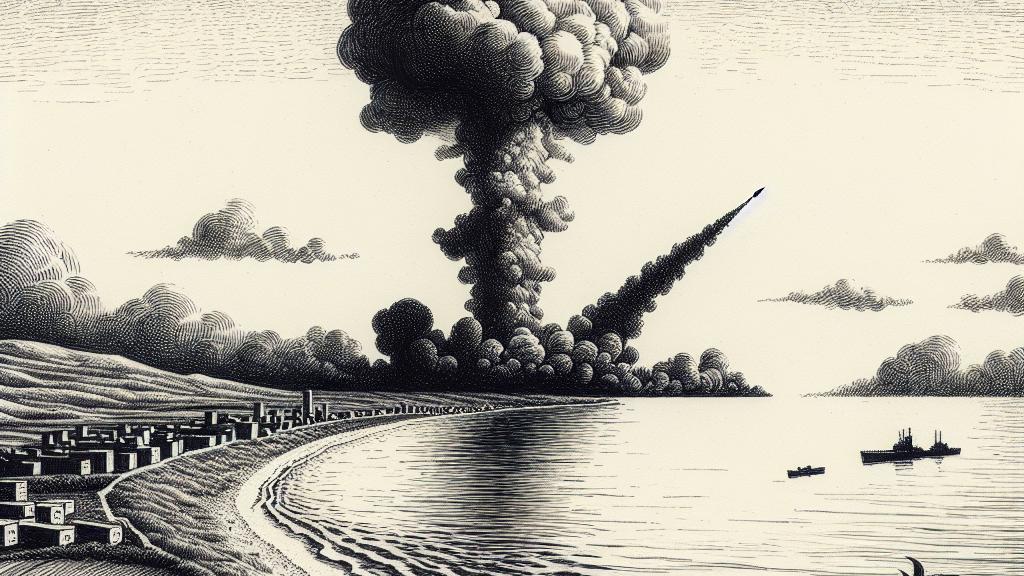North Korea Launches Ballistic Missile Amid Nuclear Arsenal Expansion
Overview
- North Korea has launched a series of ballistic missiles from its east coast, raising alarms across South Korea and Japan and showcasing its military might.
- These aggressive actions coincide with recent advancements in uranium enrichment technology, signaling a daring commitment to enhance its nuclear capabilities.
- Swift international condemnation followed, emphasizing concerns for regional security and the potential implications for global peace.

Missile Launches Signal Rising Tensions
On the morning of September 18, 2024, North Korea took the world by surprise by launching several ballistic missiles from its eastern coast. Reports from South Korea and Japan indicated that the first missile was a short-range ballistic type, followed shortly by another projectile. Both missiles fell harmlessly into the sea, but the implications of this display were anything but trivial. Interestingly, this military activity came just days after North Korea unveiled advanced uranium enrichment facilities, which highlighted a dual strategy of showcasing military strength while advancing its nuclear ambitions. This recent pattern of aggressive behavior marks a significant shift, departing from a two-month period of relative lull and indicating a renewed commitment to its military programs.
Aiming for Nuclear Ascendancy
North Korea's missile launches are deeply intertwined with its broader strategy to enhance nuclear capabilities, as evidenced by Kim Jong Un's urgent directives for increased production of weapons-grade materials. The unveiling of sophisticated centrifuge technology reflects a serious intent to refine its nuclear arsenal, which could lead to the development of more advanced missile systems capable of reaching targets far beyond its borders. For example, the successful tests of these military assets signify a pivotal phase in North Korea’s efforts to not only fortify its defenses but also potentially threaten adversarial nations. As experts note, North Korea's relentless ambitions raise pressing concerns for regional and global safety, especially as the world watches closely for any signs of further military advancements.
Global Response: Rallying Against Provocation
The immediate response to North Korea's missile tests was both swift and severe. Leaders from South Korea, alongside U.S. officials, quickly condemned these acts, asserting that they pose a direct violation of United Nations Security Council resolutions aimed at restricting nuclear proliferation. Additionally, South Korean military officials emphasized the existential threat presented to their nation, leading to increased military readiness and strategic collaborations with U.S. military forces. The gravity of this situation has sparked intense discussions regarding the effectiveness of current diplomatic strategies and sanctions against North Korea, with many questioning whether these measures are sufficient to deter future provocations. As the geopolitical landscape continues to evolve, the stakes are undeniably high; the escalating tensions represent a precarious chapter in East Asia’s complex history, leaving many to ponder what the future holds for regional stability.

Loading...